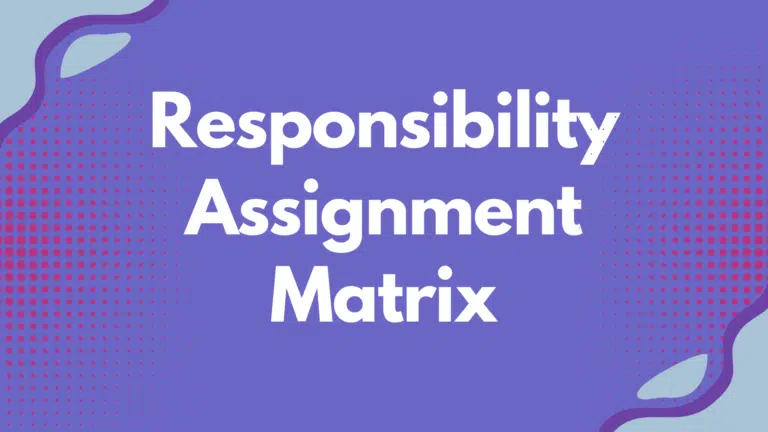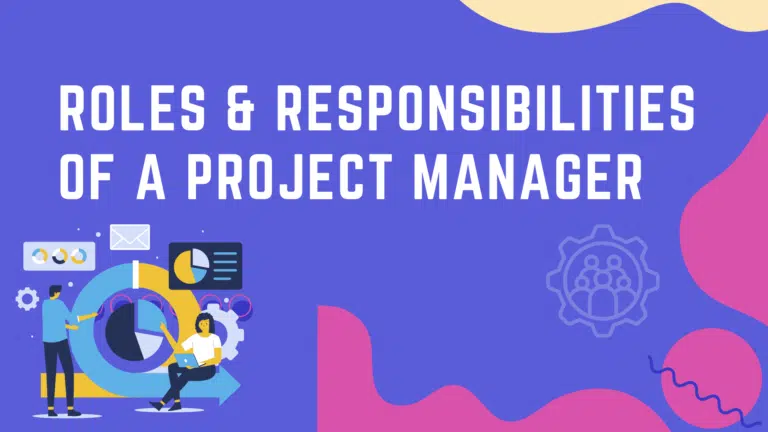In project management, you will face many issues that may negatively affect the project. Gold plating is one such act that may negatively affect the project objectives, and you must be very careful to avoid it.
According to a 2020 Project Management Institute (PMI) study, about 35% of global projects experience gold plating. This data shows the significance of gold plating on projects.
In today’s blog post, we will discuss gold plating in detail, how it affects projects, and measures you can take to overcome it.
Table of Contents
What is Gold Plating in Project Management?
Gold plating occurs in project management when team members add extra features or functionalities to project deliverables that were not planned. They do so without informing the client or the project manager. They also do not assess the impact of their actions on project objectives.
While it may seem like a positive gesture, gold plating often increases costs, delays schedule, and waste resources. It can also negatively affect project objectives, inflate budgets, and extend timelines.
Gold plating happens for many reasons. Sometimes, the team members want to show off they’re doing something special. Other times, they get carried away with their ideas.
Gold plating is not a good practice in project management. It can affect the budget, timelines, and product quality.
Reasons Behind Gold Plating
The following are the key reasons for gold plating in project management:
- Desire to Impress Stakeholders: Team members may engage in gold plating to impress stakeholders by adding extra features to the product. For example, in a construction project, builders might install expensive marble instead of the agreed-upon granite to impress the client.
- Individual Recognition or Job Security: Often, team members engage in gold plating to showcase their skills or secure their positions within the team. For example, a graphic designer might add intricate design elements to a presentation to show their creativity—even if it exceeds the project requirements.
- Pressure to Overdeliver: In certain cases, team members may feel pressure to overdeliver due to competitive environments or unrealistic expectations from management. For example, engineers might add unnecessary features to match or surpass competitor offerings in product development—even if it compromises project timelines and resources.
Example of Gold Plating in Project Management
Let us review an example of gold plating in a construction project.
In a construction project to build a residential complex, the architectural plans outline specific materials and finishes to be used, including standard-grade fixtures and fittings. However, the project manager upgrades the fixtures to premium-grade options during construction without consulting the client or other stakeholders.
While the upgraded fixtures may enhance the building’s aesthetic appeal, they result in higher material costs.
I have also witnessed gold plating in our project. We have a project to install a crash barrier. Though it was not clear that the alignment of the crash barrier should be 100% straight, our management decided to use a land surveyor and special equipment to ensure a high degree of alignment of all crash barriers to impress the client.
The foreman will install the crash barrier, and the surveyor will check the alignment using specialized equipment. This increased the cost and duration, and the client was unhappy with the slow progress. Finally, we had to stop this practice to improve the performance and bring the project on track.
Negative Impacts of Gold Plating on Project Management
The following are the key negative impacts of gold plating in project management:
- Increased Costs: Adding extra features without proper analysis can increase expenses. Your budget may cross the cost baseline, and the project sponsor may deny the additional payment.
- Extended Timelines: Gold plating can result in project delays. This can prolong the project’s duration, thus causing schedule overruns and impacting other dependent projects or business activities.
- Resource Waste: Gold plating consumes project resources (e.g., time, manpower, and materials), which could be allocated more efficiently to other project tasks or activities that align with the project’s objectives and requirements.
- Decreased Stakeholder Satisfaction: Gold plating may result in dissatisfaction among project stakeholders. While gold plating intends to impress stakeholders, the added features may not align with the client’s preferences.
How to Mitigate Gold Plating in Project Management
The following strategy can help avoid gold plating in project management:
- Clear Communication and Defined Scope: Establish communication channels to ensure that stakeholders understand the project scope, objectives, and requirements. Clearly define the scope of work and engage stakeholders in regular discussions to clarify misunderstandings.
- Change Control Processes: Implement robust change control processes to manage any changes. Ask the client to submit a formal change request for any scope changes. Document all changes that will impact project timelines, budgets, and resources.
- Stakeholder Engagement and Alignment: Engage stakeholders throughout the project lifecycle to understand and address their needs and expectations. Create a collaborative environment in which project progress is visible to stakeholders. Align project objectives with stakeholder interests to minimize the temptation to gold plate.
- Performance Measurement and Monitoring: Establish key performance indicators (KPIs) to monitor project progress, resource utilization, and adherence to project scope. Implement regular performance reviews and milestone evaluations to identify any deviations from the project baseline and address them promptly.
- Training and Awareness Programs: Provide training and awareness programs to project team members to highlight the importance of sticking to the project scope and avoiding the urge to gold plate. Educate them about the negative impacts of gold plating on project objectives.
Summary
Gold plating is an example of poor project management which adds extra features to project deliverables without client consent or proper review through the change management system. It is a key challenge in project management because project team members have the urge to do it, which is difficult to suppress. However, with the right training and proper monitoring, you can control gold plating in your project.

I am Mohammad Fahad Usmani, B.E. PMP, PMI-RMP. I have been blogging on project management topics since 2011. To date, thousands of professionals have passed the PMP exam using my resources.





